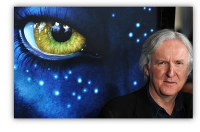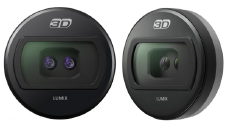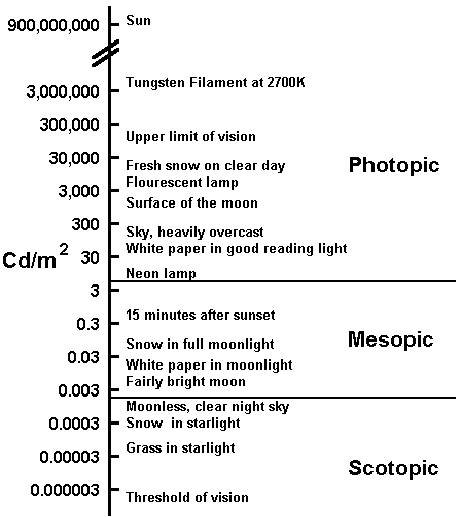Perhaps larger than the movies that In-Three has been a part of (Alice but importantly, not Clash), was the major news of a year ago that In-Three was working with the Indian firm Reliance Media to form a partnership to establish a 1.000 person group in Mumbai: Reliance of India in 3-D Movie Partnership With In-Three Inc. of U.S. – WSJ.com
The formula press release explains the details known thus far:
Digital Domain Holdings Acquires In-Three
–Florida based media group expands digital services and technology portfolio–
Port St. Lucie, Fla. — November 18, 2010 — Digital Domain Holdings, parent company of Academy Award®-winning digital studio Digital Domain, announced today that it has reached an agreement to acquire 3D stereo studio In-Three, Inc., developer of the Dimensionalization® process that converts 2D films into high quality, 3D stereo imagery.
Digital Domain Holdings CEO John Textor said, “In-Three has been a pioneer in the research and development of stereoscopic technology. This partnership adds large scale production to In-Three’s world class technology, while creating new jobs in the state of Florida.”
Digital Domain studios in California and Vancouver recently completed production on Walt Disney Studios’ TRON: Legacy, which was generated and produced in stereoscopic 3D. In-Three completed 3D stereo work on Tim Burton’s visionary blockbuster Alice in Wonderland, which grossed over $1 billion at the worldwide box office.
“For over 10 years we have been intensely focused on bringing rich and immersive 3D images to the screen,” said Neil Feldman, In-Three CEO. “We are excited to work with Digital Domain to deliver quality 3D stereo entertainment experiences for today’s audiences.”
“3D stereo movies exploded on the market this year,” added Digital Domain CEO Cliff Plumer. “Alice in Wonderland was a visually amazing 3D immersive experience, and TRON: Legacy will end the year with another dazzling 3D entertainment event. I have known Neil and the talented artists and technologists at In-Three for a long time. We will collaborate to provide the highest quality 3D stereo solutions to filmmakers.”
The In-Three team will be based out of Digital Domain Holdings’ headquarters in Port St. Lucie, Florida.
About Digital Domain Holdings
Digital Domain Holdings is the parent company of California-based Digital Domain, the Academy Award®-winning digital production studio. In 2009 Digital Domain Holdings began developing a large- scale digital production studio in the city of Port St. Lucie, Florida. Due to the growth and success of Digital Domain in California and Vancouver, Digital Domain Holdings has accelerated its hiring plans in Florida to provide additional capacity for both traditional and stereoscopic 3D visual effects. The company has also recently announced plans to build the Digital Domain Institute in West Palm Beach, Florida, a four-year program in advanced digital media supported by the College of Motion Picture Arts at Florida State University.
Founded in 1993 by film industry icons, Digital Domain is an Academy Award®-winning digital production studio focused on visual effects for feature film and advertising production. Among its 80+ film credits are three features that were awarded the Oscar for visual effects, including Titanic, What Dreams May Come and The Curious Case of Benjamin Button. A creative giant in advertising, Digital Domain has earned scores of Clio, AICP and Cannes Lion awards for some of the world’s most memorable spots. The studio works with top directors and has become renowned for its technical innovation, claiming four Scientific &Technical Achievement Awards from the Academy of Motion Picture Arts and Sciences. Digital Domain is charging forward with its pioneering work in photo-real digital characters as well as projects that cross traditional media boundaries. The company is based in Venice, California and recently opened a studio in Vancouver, British Columbia. www.digitaldomain.com
About In-Three, Inc.
Organized in 1999 to pioneer research and development in stereoscopic reconstruction of two dimensional images, In-Three, Inc. developed and patented a process called Dimensionalization® that makes it practical to convert 2D films into high quality, artifact-free 3D films.
In-Three is unique in offering a director the ability to select the dramatic impact appropriate to each scene. It does this by providing a range of style and degree choices. This capacity to incorporate artistic intent in 2D to 3D reconstruction is an inherent and distinguishing feature of Dimensionalization.
In addition to developing and continuing to refine Dimensionalization, In-Three has created the staff and systems that make “Dimensionalization by In-Three” an appropriate choice for directors and studios.
Contact:
Stan Szymanski Digital Domain Holdings | 772.345.8000

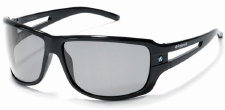
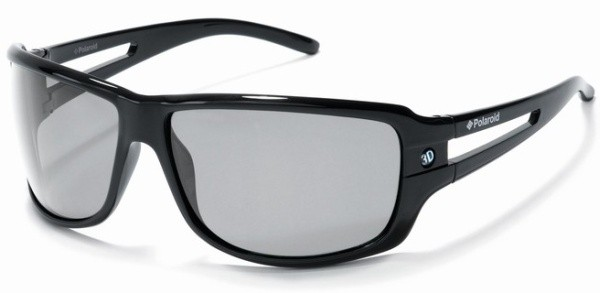

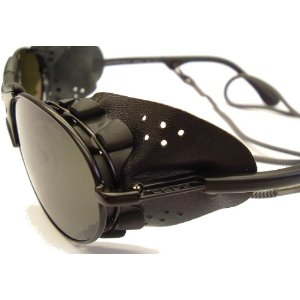
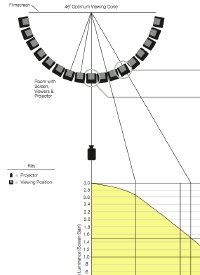
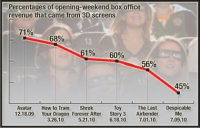
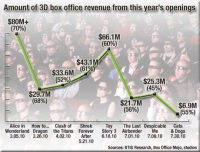 Both articles and their references are worth reading, but one should remember that when 4 or 5 movies come out in a row, and a guy has to drop over $30 for a pair of tickets plus all the other expenses, or a family drops about $100 per movie for four, that a recession might be worth a mention…regardless of how fun being right while knocking 3D happens to be.
Both articles and their references are worth reading, but one should remember that when 4 or 5 movies come out in a row, and a guy has to drop over $30 for a pair of tickets plus all the other expenses, or a family drops about $100 per movie for four, that a recession might be worth a mention…regardless of how fun being right while knocking 3D happens to be.